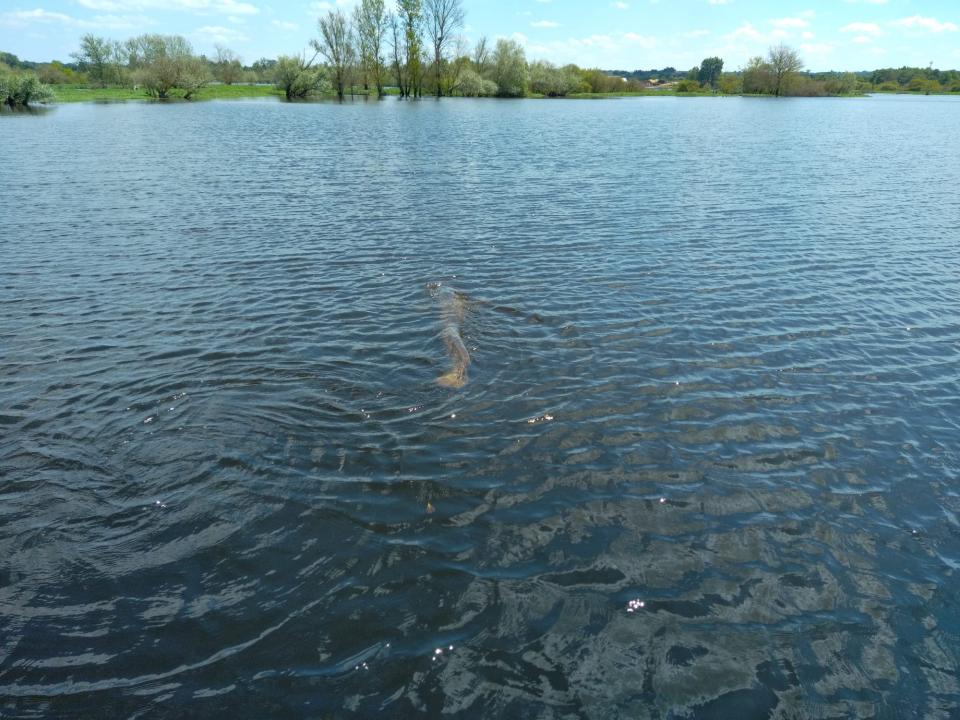Full title
Etude de la prédation de l’anguille européenne (Anguilla anguilla) par le silure glane (Silurus glanis) dans un marais de l’Erdre
Description
The « Seelure » project carried by the Muséum National d’Histoire Naturelle is a collaborative project between scientists (Muséum National d’Histoire Naturelle and Université de Rennes 1) and professional fishermen (Association Agréée des Pêcheurs Professionnels en Eau Douce de Loire Atlantique). This project will take place in one of the Erdre river marshes, in LoireAtlantique. It could allow us to obtain reliable data on relationships between european eels (commercialy exploited fish, classified critically endangered by the IUCN but unprotected) and a super-predator newly arrived on several french watersheds: the european catfish. Predation by this species on eels has already been studied, but mainly at the silver stage. In rivers, and at the growth stage called « yellow eel », predation has been considered to be neglectable for a long time due to the species-specific ecology. However, since the arrival, sometimes invasive, of the european catfish in numerous rivers of Western Europe, this hypothesis should be verified again. Indeed, the european catfish is a potential predator for european eels (Copp et al., 2009; Guillerault et al., 2017). Moreover, catfish is likely to keep spreading due to intentional introductions, associated with the natural expansion of its natural habitat, which has to be linked with climate change (Cucherousset et al., 2018). Thus, to better evaluate the eel stocks and the population dynamics of this species, it seems really important to take this 2 eventual predation pressure into account. This pressure could have an impact on all development stages of eels. In 2021, a study prioritized the silver stage because it concerns the future spawners at the beginning of their migration, thus the impact of a predation on reproduction success is direct and easy to see (GlanisPoMi study, Muséum National d’Histoire Naturelle, currently being published). This study did not demonstrate a predation from catfish on silver eels. On the other hand, during the same study, smaller eels (yellow stage) were found in catfish stomach contents. Thus, it seems meaningful to study a likely predation of yellow eels by catfish.
Funding: France AgriMer - FEAMPA
Project Coordinator: Thomas Trancart, MNHN Dinard, thomas.trancart@mnhn.fr
BOREA Contact: Carl Possémé, MNHN Dinard, carl.posseme@mnhn.fr
Funding: France AgriMer - FEAMPA
Project Coordinator: Thomas Trancart, MNHN Dinard, thomas.trancart@mnhn.fr
BOREA Contact: Carl Possémé, MNHN Dinard, carl.posseme@mnhn.fr
Team members involved
Partners
Association Agréée des Pêcheurs Professionnels en Eau Douce de Loire Atlantique (AAPPED 44)



